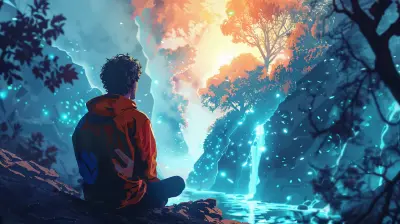Designing Game Maps that Encourage Exploration and Discovery
6 May 2025
When you think about a truly amazing game, what comes to mind? Is it the heart-pounding action? The unforgettable characters? Or maybe it’s the world—the vast, intricate map that feels as alive and compelling as the story itself. If you’re a designer, you already know that crafting a game world isn’t just about throwing together beautiful landscapes; it’s about making players want to get lost in it. Designing game maps that encourage exploration and discovery is more than just art—it's a science, a delicate balance of creativity and game mechanics. So, let’s dive into what makes a game world irresistible, and how you can keep players wandering for hours without them even realizing it.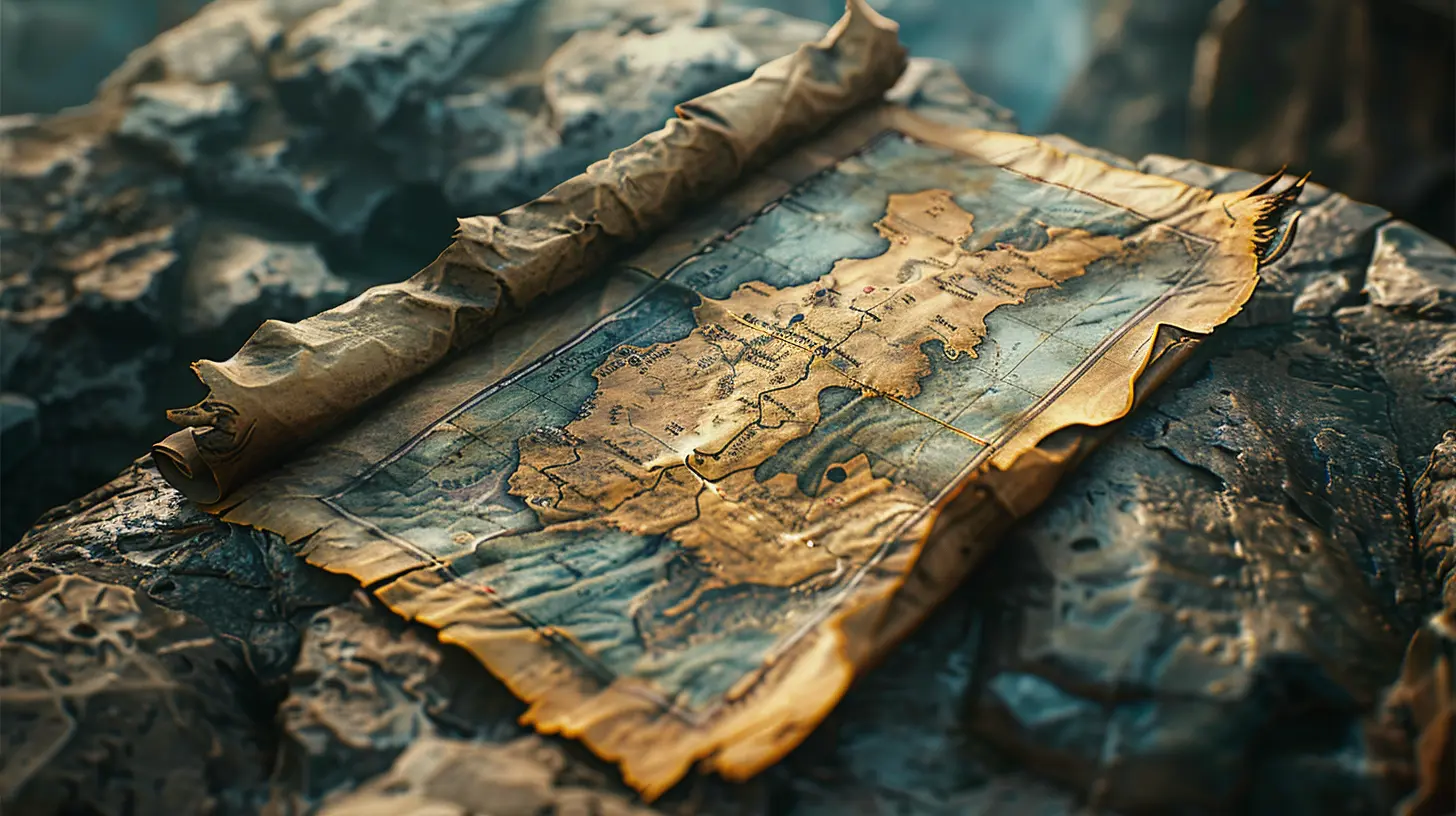
Why Exploration Matters in Game Design
Let’s start with the obvious: why even bother with exploration and discovery? Can’t you just slap together a linear path and let players get from point A to B? Sure, you can, but that’s often missing the point of what makes games a unique medium.Exploration is what gives players the sense of freedom. It makes the game world feel alive and, more importantly, real. This isn’t just about geography—exploration taps into the innate curiosity we all have. Think about games like The Legend of Zelda: Breath of the Wild, where every mountain, hill, or ruin whispers, “Hey, come check me out.” That’s the spark you want to ignite.
When players discover something on their own—a hidden treasure, a secret passage, or even just a stunning vista—they feel rewarded in a way no cutscene could ever replicate. And guess what? They’ll keep hunting for that next surprise, and suddenly, your world isn’t just a backdrop but an active part of the gameplay.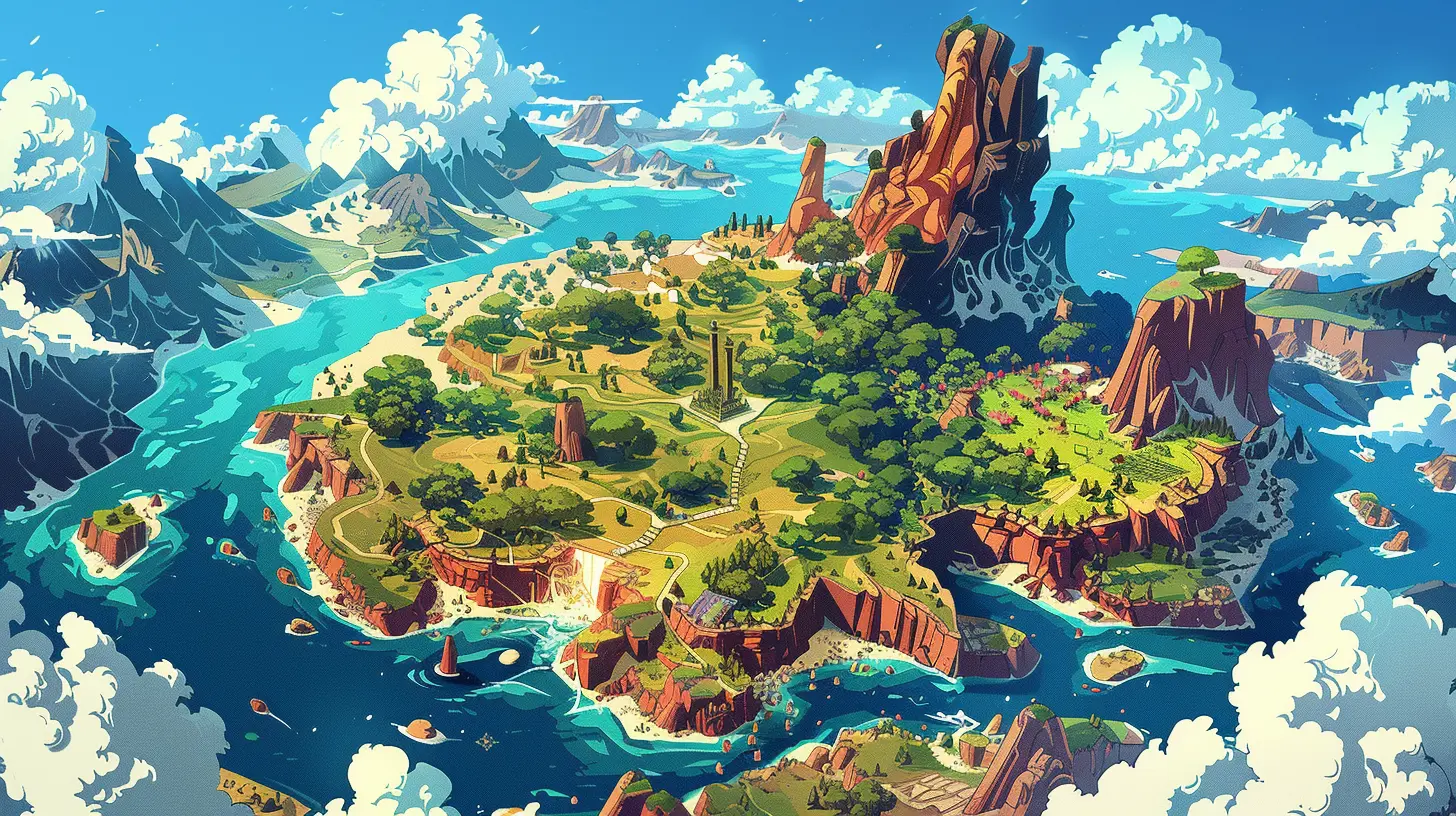
The Core Principles of Designing Explorative Game Maps
So, how do you actually design a map that feels like it’s begging to be explored? Here are a few principles that can guide you along the way:1. Balance Between Freedom and Guidance
Creating an open world doesn’t mean leaving the player stranded. A good map strikes a balance between freedom and subtle guidance. Think of it like being a tour guide who doesn’t shout, “Go here!” but instead leaves breadcrumbs for tourists to follow.How do you leave breadcrumbs? You can use environmental cues like distinct landmarks, lighting, or even subtle sound effects. For instance, a flickering torch in the distance can nudge players into exploring a dark cave. On the flip side, avoid overloading the player with too much information—they shouldn’t feel like they’re reading a map of Ikea.
2. Use Landmarks as Anchors
Ever notice how giant towers, castles, or mountains stick out in your favorite games? Landmarks act like anchors for exploration—they’re big, bold, and scream, “You need to see what’s up here!” Players orient themselves around these visual beacons, and they naturally gravitate toward them.The secret sauce is making the journey to those landmarks interesting, too. You want players to think, “Oh, I’ll head to that tower… but wait, what’s that over there?” before they ever make it to their destination.
3. Reward Curiosity
This one’s simple: if a player is curious enough to veer off the main path, make it worth their while. Whether it’s a hidden treasure chest, a piece of lore, or even a funny Easter egg, rewarding curiosity keeps players engaged. No one likes investing time in exploring only to find… absolutely nothing. That’s like opening a beautifully wrapped gift box and finding it empty. Total buzzkill.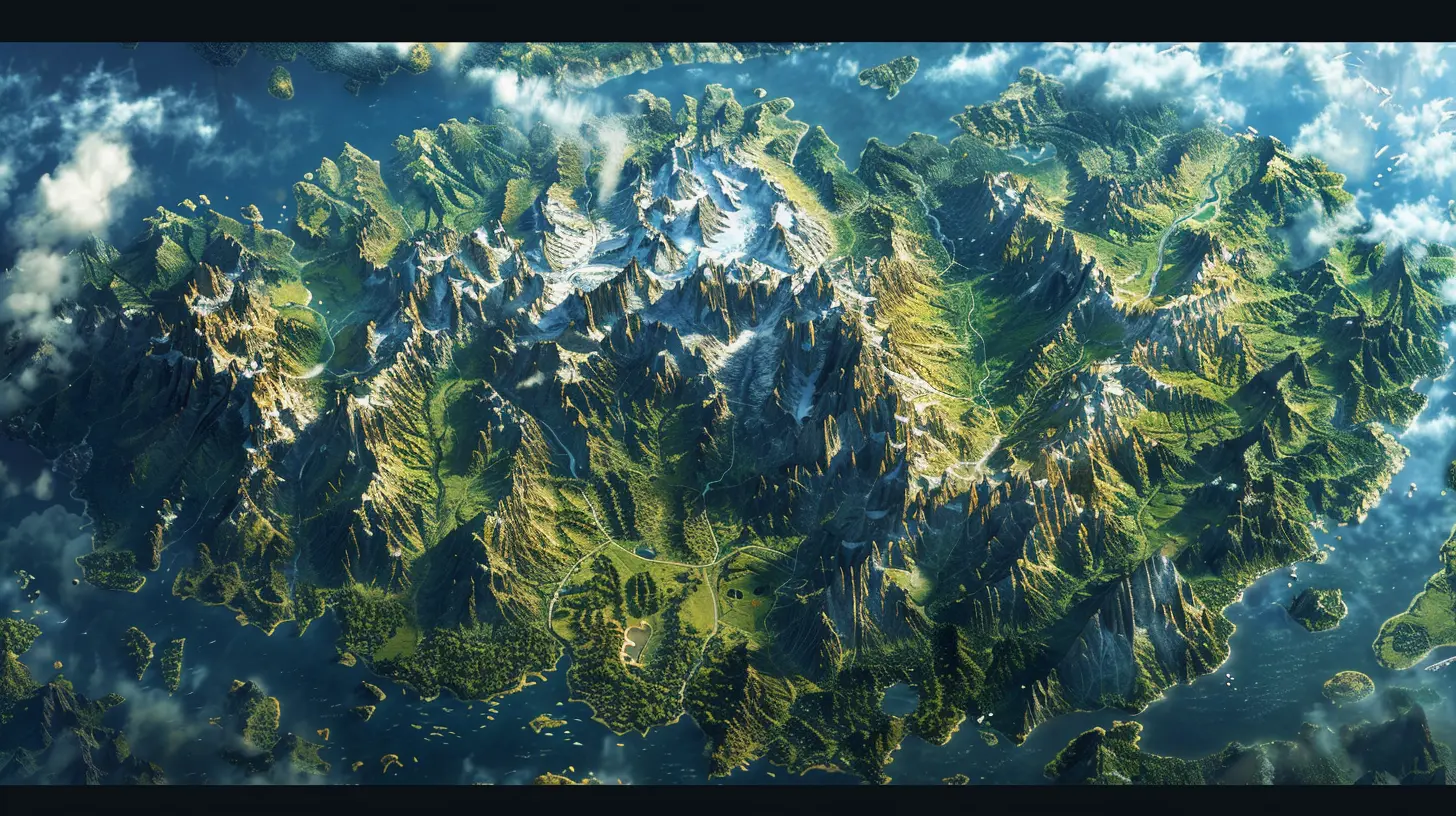
Types of Discovery Players Love
Let’s break down what players actually want to find when they’re exploring. Spoiler alert: it’s not always about loot.1. Visual Spectacles
Sometimes, the reward isn’t tangible—it’s emotional. Think about how players feel when they stumble onto a breathtaking vista, like standing on the edge of a cliff overlooking a sprawling valley. These moments stick. Use your map design to create these “wow” moments and make players crave more.2. Hidden Stories
Every map tells a story, whether it’s a decaying ruin that hints at an ancient civilization or a bloodstain on a dungeon floor that tells of a battle. World-building doesn’t always need words—sometimes, the environment tells the story better than dialogue ever could.3. Quirky Details
Not all discoveries need to be serious. Sometimes, a goofy Easter egg or an oddball NPC encounter is all it takes to give players a laugh and make your world feel uniquely yours. Think of the little oddities in games like Skyrim—a cheese wheel rolling down a mountain, for instance. Random? Yes. Memorable? Definitely.4. Game-Changing Rewards
This one’s more practical. Players love finding things that make the game easier or more fun—whether it’s a rare weapon, a new ability, or a shortcut that saves time. Bonus points if the reward is hidden in plain sight but requires lateral thinking to reach.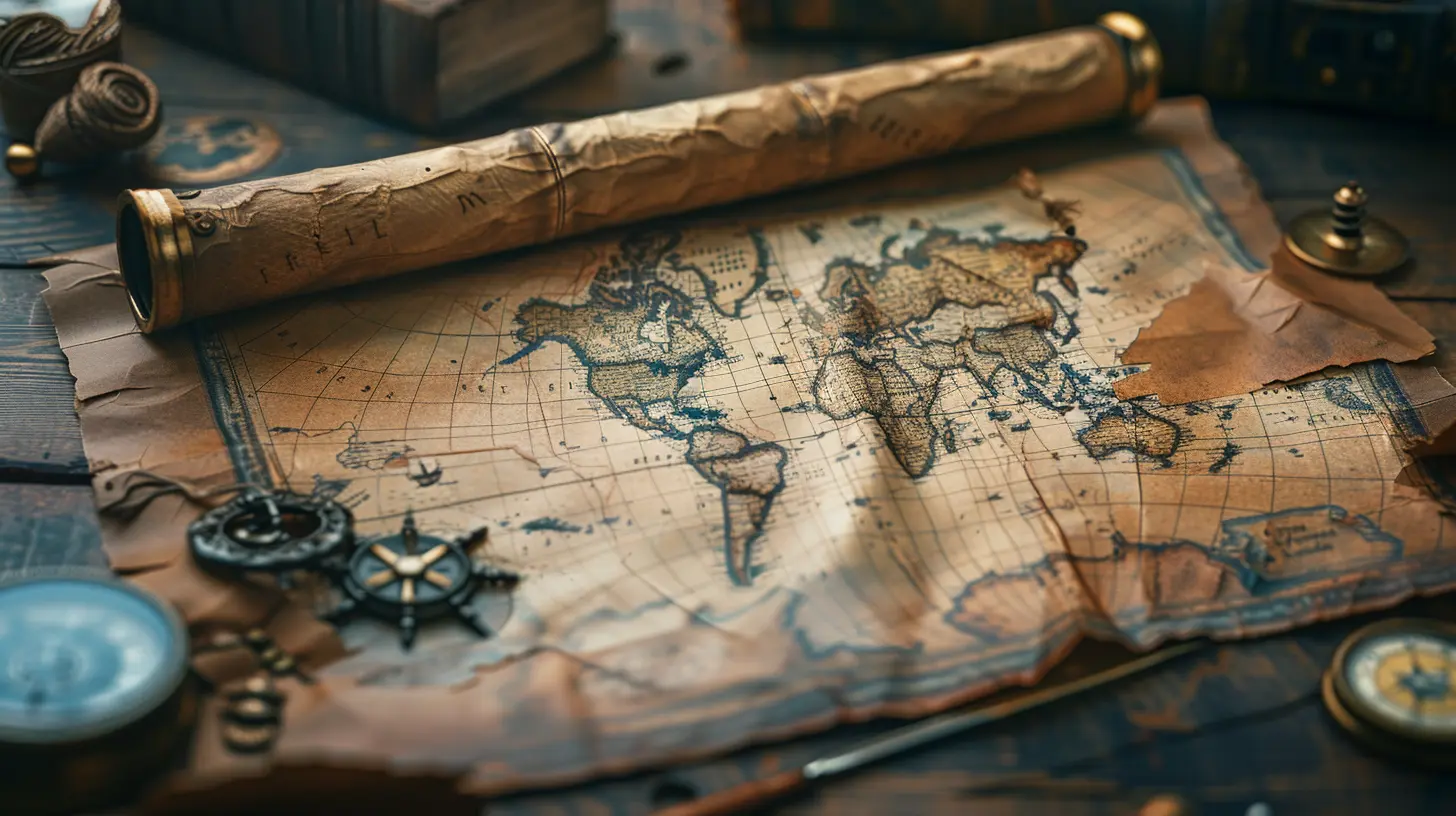
Building Maps That Feel Big (Even If They’re Not)
Not every game can have a sprawling open world, and honestly, not every game needs one. The trick is designing a map that feels much bigger than it actually is. Here’s how:1. Verticality
Don’t limit your map to just a flat plane. Incorporate cliffs, caves, towers, and other vertical elements. Vertical design makes even small areas feel massive because it adds layers of depth—literally.2. Creative Constraints
Sometimes, restricting access to parts of the map can actually enhance the sense of discovery. Games like Metroid or Dark Souls excel at this by teasing locked areas that players unlock later. It makes exploration feel earned rather than handed out on a silver platter.3. Illusion of Choice
Players don’t need endless options; they just need the illusion of endless options. Cleverly designed paths that loop back into one another can give the sense of an open world while still guiding players along a carefully crafted route. Think of it as creating a choose-your-own-adventure book where every choice leads somewhere cool.Mistakes to Avoid When Designing for Exploration
Not sold yet? Well, let’s make sure you don’t accidentally ruin your game map with these common missteps:1. Dead Zones
Nobody likes walking endlessly through a lifeless area with absolutely nothing interesting. Always populate your map with points of interest, even if it’s just a small rock formation that looks out of place or a fallen tree that blocks a path.2. Overcomplicating Navigation
If your players need a Ph.D. to figure out where they are, you’ve overcomplicated things. Sure, you want exploration, but players should never feel lost. Make use of intuitive designs like distinct biomes, unique landmarks, or color-coded areas to help with navigation.3. Forgetting the “Why”
Why are players exploring in the first place? If your world doesn’t answer this question, it’ll feel hollow. Whether it’s narrative, gameplay-based, or just pure curiosity, give players a reason to care about wandering through your map.The Role of Atmosphere in Exploration
Exploration isn’t just visual—it’s emotional. The music, sound effects, and even lighting can all change how players experience your world. A dark, eerie forest with distant howls sets a completely different tone than a sunlit meadow with chirping birds, right? Use atmosphere to pull players into your world and make them feel like they’re truly exploring.Final Thoughts
Designing game maps that encourage exploration and discovery is all about creating a world that feels alive. Give players the freedom to roam but guide them with subtle cues. Reward their curiosity, surprise them with unexpected delights, and tell stories through your environments. Whether you’re working on a sprawling open-world RPG or a tightly crafted dungeon crawler, the key is to make players want to keep exploring.At the end of the day, the best maps don’t just exist—they invite players to interact, question, and immerse themselves in the world you’ve created. So, put on your cartographer hat and get to it—your players are counting on you to keep them wandering.
all images in this post were generated using AI tools
Category:
World BuildingAuthor:

Greyson McVeigh
Discussion
rate this article
4 comments
Elsinore Blair
What a fantastic read! The insights on designing game maps that spark curiosity and adventure are inspiring. It's amazing how a well-crafted environment can transform player experiences. I can’t wait to see more games embracing these principles—exploration truly makes every journey unforgettable! Keep up the great work!
May 16, 2025 at 4:12 AM

Greyson McVeigh
Thank you so much for your kind words! I'm thrilled to hear that you found the insights inspiring. Excited to see how these principles continue to shape future games!
Olivia McVicker
Absolutely love this topic! Exploring beautifully designed game maps adds such joy and excitement to gameplay! The thrill of discovering hidden gems and secrets really enhances the experience. Can’t wait to dive into the insights you’ve shared! 🎮✨ Happy gaming!
May 15, 2025 at 3:29 PM

Greyson McVeigh
Thank you! I'm glad you share my excitement for game map design. Happy exploring! 🎮✨
Shannon McKay
This article brilliantly highlights the importance of thoughtful game map design in fostering exploration and discovery. By incorporating varied terrains, hidden pathways, and interactive elements, developers can create immersive experiences that encourage players to delve deeper into their virtual worlds. Excited to see more innovative designs!
May 13, 2025 at 3:03 AM

Greyson McVeigh
Thank you for your thoughtful feedback! I'm glad you enjoyed the article and share my excitement for innovative game map designs. Exploring new terrains and interactive elements truly enhances the gaming experience!
Maren McAlister
What a fantastic article! Designing game maps that spark exploration and discovery is essential for immersing players in new worlds. I love how you highlighted the balance between guidance and freedom. Can’t wait to see more insights on creating environments that inspire adventure! Keep up the great work!
May 7, 2025 at 2:54 AM

Greyson McVeigh
Thank you so much for your kind words! I'm glad you enjoyed the article and found the balance between guidance and freedom insightful. Stay tuned for more on creating immersive environments!
